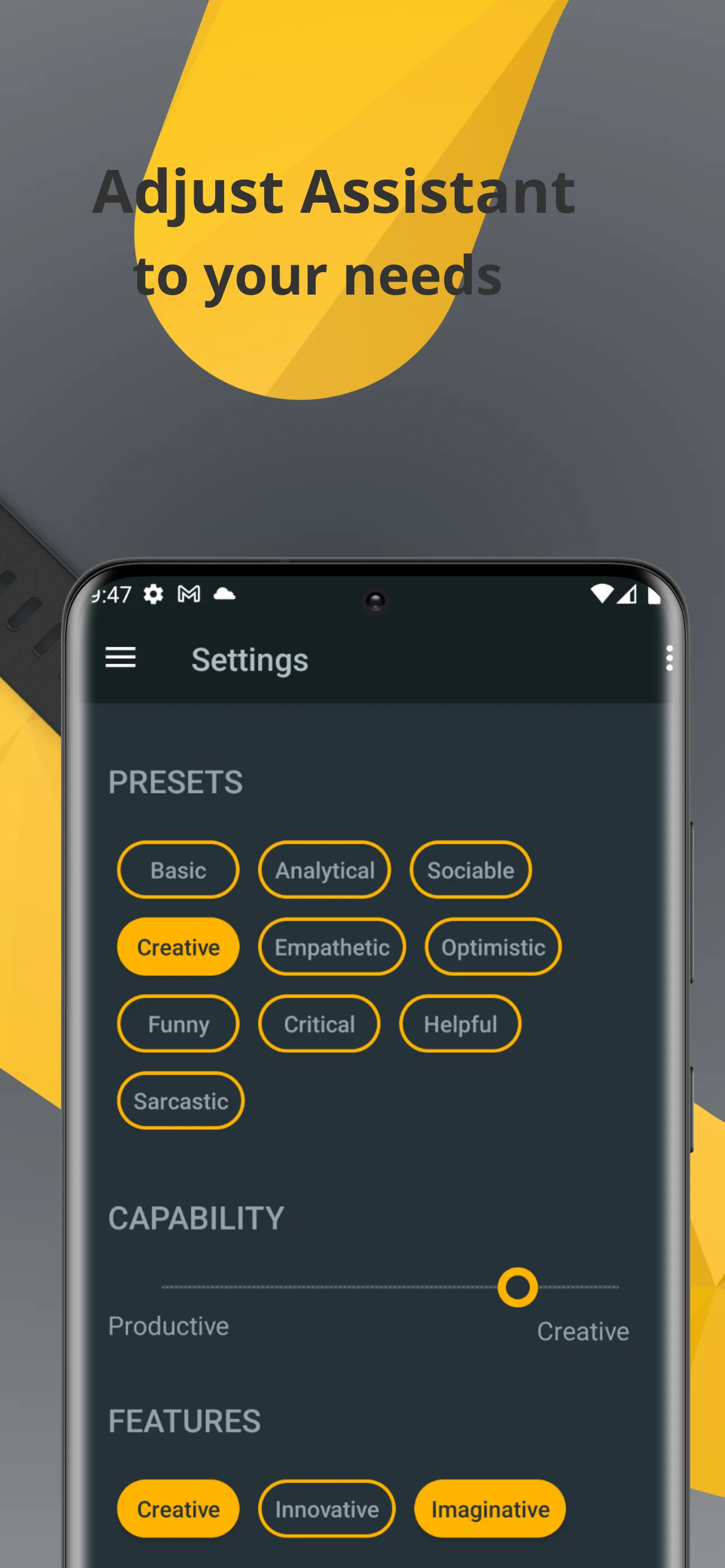In recent years, there has been a growing awareness of the need for accessibility in technology. As a result, companies are now designing products with features that cater to users with disabilities. AiCogni ChatGPT Assistant has emerged as one such product, with its accessibility features being a standout aspect. In this article, we will explore why accessibility is the outstanding feature of AiCogni ChatGPT Assistant and provide examples of how it benefits impaired people.
Improved Accessibility for All Users
One of the most significant benefits of accessibility features in AiCogni ChatGPT Assistant is that they improve usability for all users. For example, voice control allows users to navigate the app with greater ease, which can benefit people with disabilities as well as those without.
Voice Control for the Visually Impaired
Voice control is a critical accessibility feature that allows people with visual impairments to use AiCogni ChatGPT Assistant. This feature enables visually impaired people to access the app’s functionalities without needing to rely on a traditional graphical user interface. With voice control, users can use natural language to interact with the app and perform tasks.
Simplified Interface for Cognitive Disabilities
The simplified interface is another accessibility feature of AiCogni ChatGPT Assistant. This feature makes the app easier to navigate for users with cognitive disabilities. The simplified interface replaces complex visuals with one-for-all button that is easy to operate.
Assistive Technology for Motor Disabilities
Assistive technology is an accessibility feature of AiCogni ChatGPT Assistant that benefits people with motor disabilities. This feature enables users to interact with the app using alternative input devices such as WearOS, without having to pick up the phone.
Improved User Experience for the Elderly
AiCogni ChatGPT Assistant’s accessibility features make it easier for older people to use the app. Voice control and simplified interfaces are particularly helpful for older people who may have difficulty typing or navigating through the app using traditional input methods.
Assistance for Individuals with Learning Disabilities
People with learning disabilities can also benefit from AiCogni ChatGPT Assistant’s accessibility features. The simplified interface makes it easier for them to navigate through the app and understand the information presented.
Improved Access to Information for Hearing Impaired
For people with hearing impairments, AiCogni ChatGPT Assistant’s accessibility features can provide access to information that they may have difficulty hearing. The app’s voice control feature allows them to interact with the app without needing to rely on audio cues.
- 01 Information Retrieval This can be useful for users who may have difficulty typing or navigating through an app using traditional input methods. - "What key information shall I know about Australia history in 18-20 centuries"
- 02 Communication Elderly users may find voice control or simplified interfaces particularly beneficial, as they may struggle with fine motor skills, cognitive decline, or vision/hearing impairments. This can help them stay connected with their loved ones, access important information, or stay entertained with games or media. - Write a message inviting my friend Vince for tomorrow evening
- 03 Explanation This can aid those who have difficulty understanding complex information due to cognitive or learning disabilities - "Explain me in simple words what is tornado"
- 04 Math This can be helpful for users who have difficulty with traditional math or calculations. - "Calculate the sum of following expenses with tax 12% 73.50, 25.30, 19.99."
- 05 Translation This can be useful for users who are deaf or hard of hearing and may struggle with traditional language barriers. - "Translate this into Spanish: I'll be there next week, could we meet at the O'Hara recreation place?"
Increased Independence for People with Disabilities
Accessibility features in AiCogni ChatGPT Assistant can help people with disabilities to achieve greater independence. By providing alternative input methods, the app enables people with disabilities to perform tasks and access information without needing assistance.



















